Michelle Yeoh on the quiet power of martial arts
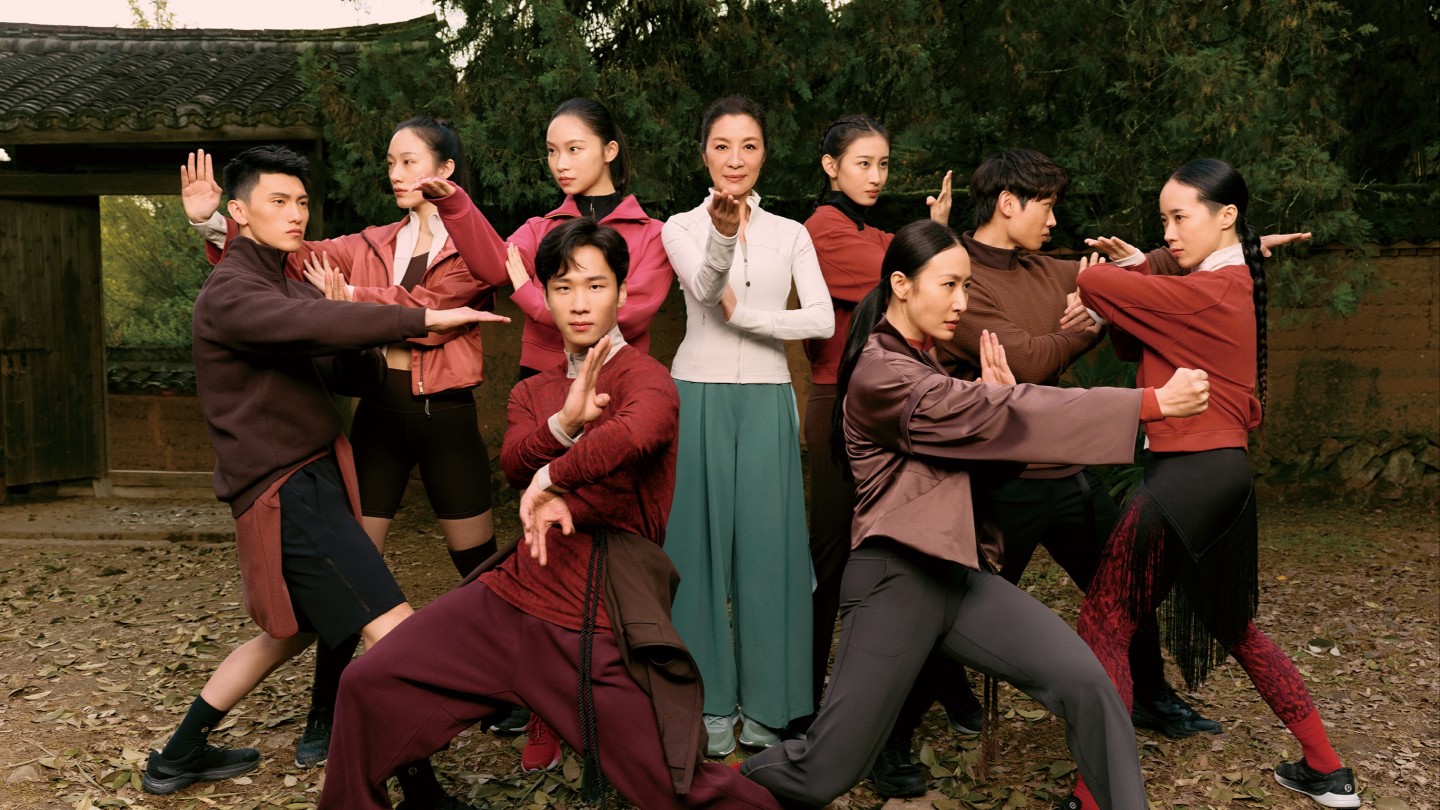
Roula Khalaf, Editor of the FT, selects her favourite stories in this weekly newsletter.
“It’s like brushing my teeth,” says Michelle Yeoh, the Oscar-winning actor and star of Everything Everywhere All at Once, of her relationship with exercise. “It’s a daily ritual I would not miss. Even if we have early call times on set, I will still commit to waking up earlier, to activate my mind and body.”
Martial arts is a form of mindfulness for Yeoh, who was born in Malaysia. “The benefits extend beyond physical fitness,” she says. As well as increasing strength and flexibility, martial arts “improves mental stamina and confidence”, she says. Perfecting each technique “requires focus, balance and concentration. It requires the mind and body to act as one.”
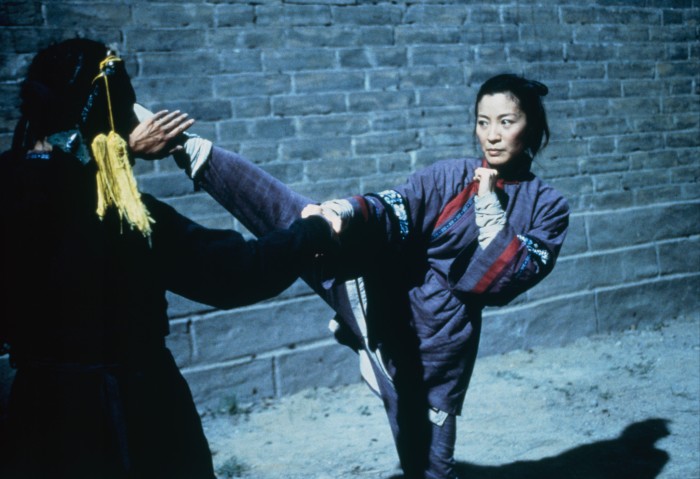
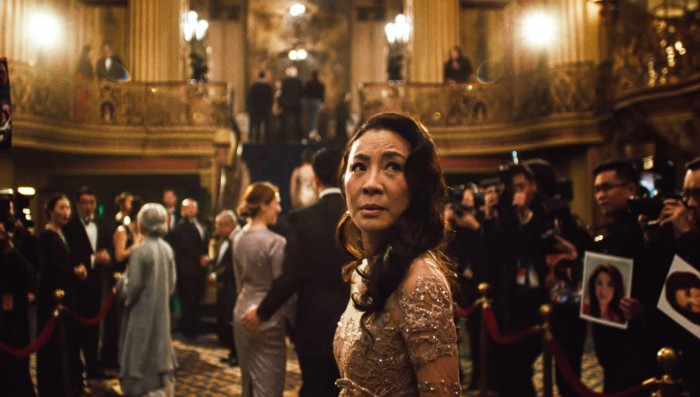
Yeoh has always been active: she moved to London aged 15 to train as a dancer before a back injury “derailed” her career. “Ballet was where I first learned how to move with strength and intention,” she says. It proved a fruitful grounding for martial arts, which she learned on set of the movie Wing Chun, released in 1994. “Dance and martial arts have a lot in common,” she says. “They’re both about fluid and powerful movement. When working on action movies, I really delve into my dance knowledge of choreography, co-ordination and flexibility to guide my martial arts and help me perform high intensity scenes with grace and elegance.”
Wing Chun – the kung fu film directed by Yuen Woo-Ping, which derives its name from the southern Chinese kung fu practice that uses a hand-to-hand combat system of self-defence – was Yeoh’s first foray into martial arts. In it, she plays a young woman working in her family’s tofu shop, who decides to study combat to fend off a forced marriage and men hankering after her beauty. She recalls it fondly. “There were no [private] trailers back then; we all shared meals and conversations between scenes,” she says. On set, the combat routines felt “innovative and fun”.
Yeoh was hooked. She has since become renowned on-screen for her stunts: see her opposite Pierce Brosnan’s James Bond in Tomorrow Never Dies (1997), in Crouching Tiger, Hidden Dragon (2000), or Steven Spielberg’s Memoirs of a Geisha (2005). In Everything Everywhere, she plays Evelyn Quan Wang, a Chinese-American laundromat lady navigating the complex American immigrant and tax systems, who switches between worlds to save the multiverse from an evil force, picking up increasingly elaborate kung fu moves along the way.
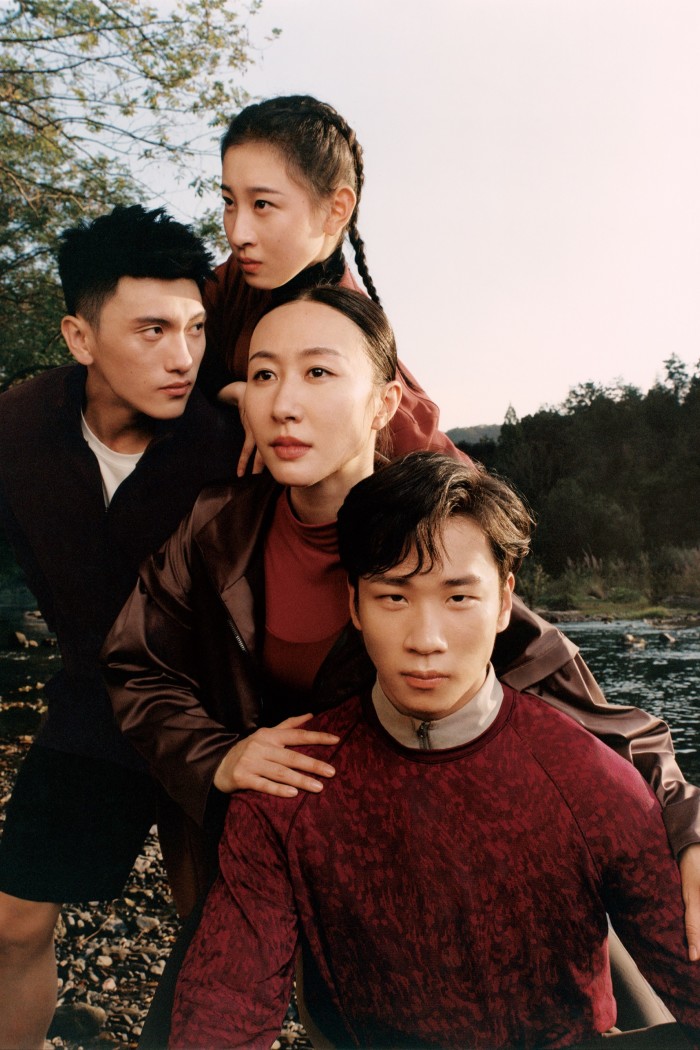
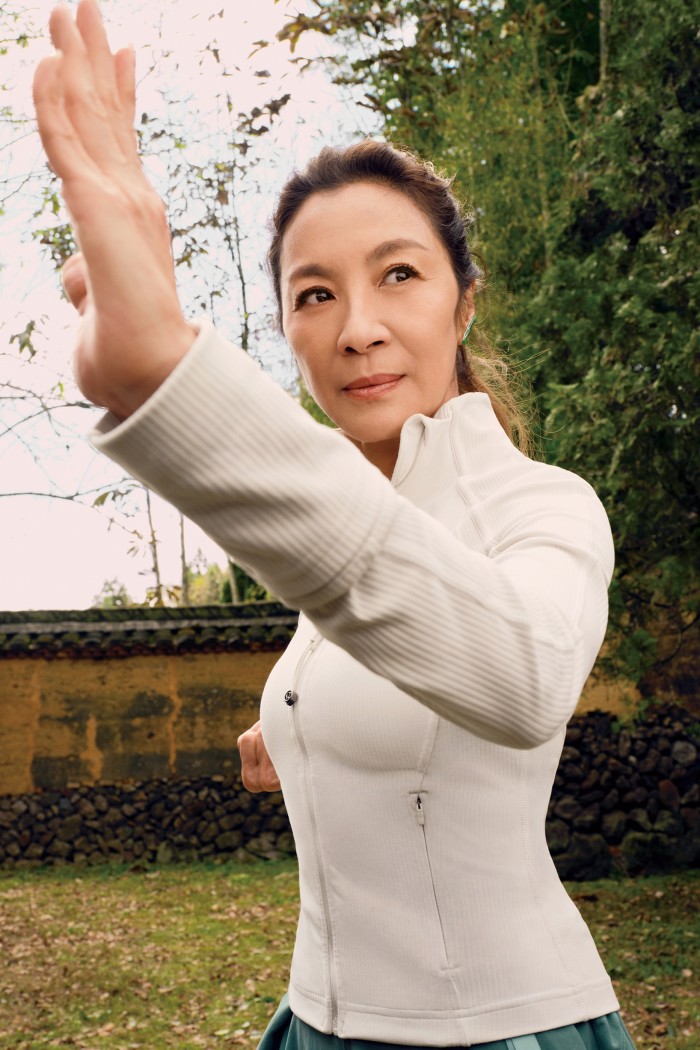
This week, to mark Chinese new year, she revisits her wing chun moves in Be Spring, a short film made in collaboration with the athleisurewear brand Lululemon to tie in with the release of its Lunar New Year capsule collection. Yeoh and a cast of eight dancers from the Shenzhen Opera and Dance Theatre perform signature wing chun moves alfresco – wearing loose burgundy track pants, sweatshirts and red leggings from the collection.
“The movements are more dramatic and cinematic [on film],” says Yeoh. “As an actor, you are more aware of how movement shows up on screen; the angle to the camera becomes important. You’re cognisant of delivering a performance with precision and control.” The film enabled her also to put forward her own ethos for martial arts – one that centres more on personal wellbeing than self-defence.
Yeoh says there have been historic “misconceptions” about martial arts. “But it’s changing.” Karate and jiu-jitsu – with roots in 16th-century Japan – and judo (19th century, and an Olympic sport since 1964) have become increasingly popular in western cultures as a form of exercise, known for improving posture and core strength, as well as boosting hand-eye co-ordination and joint mobility.
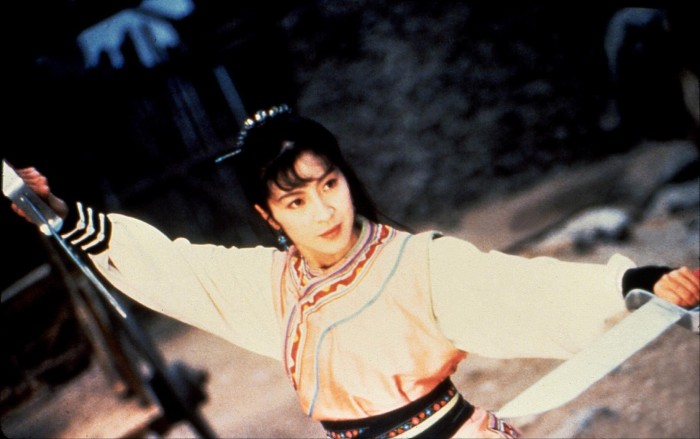
Tai chi, meanwhile, which hails from ancient China, is often practised in urban parks. But less is known about wing chun itself. “Martial arts is not about violence or how to defend oneself,” says Yeoh. “People are [starting to] understand it as a practice of self-discipline. The practice is based on the belief that everything is internal and fluid. It emphasises the importance of spirit; mindfulness itself centres around being fully aware of the present moment.”
At home, Yeoh prefers to take her time with her routines, as opposed to the quick-fire action on set. “I really go at my own pace and embrace each move,” she says. “In traditional eastern culture, we pay great attention to qi – our vital energy and spirit and the importance of breath.” Yeoh practises this daily as part of her mindfulness and meditation routine: she begins each morning with a stretch. “I talk to my body and perform a ritual of gratitude where I stretch every muscle, acknowledging any creaks or pain.” She also finds walking around her local parks relaxing. “It’s a simple ritual that calms me,” she says.
Staying connected to herself is something that helps Yeoh maintain her own personal Zen. “When I focus on being present, I find happiness in everyday moments like sharing a meal and conversation with my family,” she says. This is also where her martial arts concentration muscles can be flexed in a different way, allowing her to zone in on the world happening around her. “It nurtures your mind, body and soul,” she says. “Cultivating inner peace, understanding and listening to oneself – and the oneness of body and mind – that is balance.”
Comments